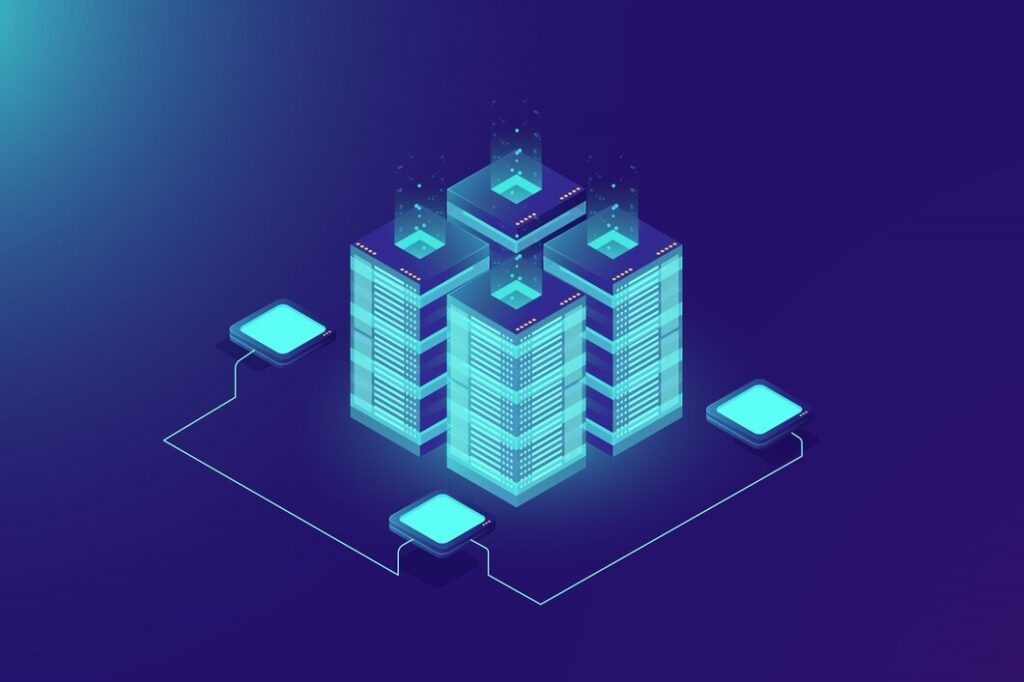The concept of Web3 is revolutionizing the digital landscape by proposing a decentralized and user-focused internet. Unlike Web2, which is dominated by centralized platforms and intermediaries, Web3 envisions a decentralized, secure, and transparent web powered by blockchain technology. Blockchain lies at the heart of this transformation, providing the foundational infrastructure necessary for Web3’s development and adoption. Engaging a Web3 development company can be instrumental in driving this transition by offering tailored blockchain solutions and expertise. This blog explores blockchain’s pivotal role in the evolution of Web3, detailing its impact on decentralization, trust, data ownership, and the broader implications for society.
Understanding Web3 and Blockchai
Web3 represents the third generation of the internet, where decentralized protocols replace traditional centralized systems. It emphasizes user sovereignty, peer-to-peer interactions, and transparency. Web3 applications, often referred to as decentralized applications (dApps), are designed to operate without intermediaries, ensuring that users maintain control over their data and digital identities.
Blockchain, the backbone of Web3, is a distributed ledger technology that enables secure, transparent, and immutable record-keeping. By eliminating the need for centralized authorities, blockchain allows individuals and organizations to interact directly and securely.
Core Principles of Blockchain in Web3
Decentralization
Traditional internet services rely on centralized servers controlled by corporations. Blockchain replaces this model with decentralized networks where data and transactions are distributed across nodes. This decentralization enhances transparency, reduces vulnerabilities, and prevents monopolization by a few entities.
For instance, Ethereum, a leading blockchain platform, provides a decentralized framework for building and deploying smart contracts and dApps, ensuring that no single party can control the system.
Transparency and Trust
Blockchain’s transparent nature ensures that all transactions and data are accessible to network participants. This fosters trust among users, as they can independently verify the system’s integrity.
In Web3, this transparency is critical for combating issues like censorship, fraud, and misinformation prevalent in Web2.
Ownership and Data Sovereignty
Blockchain enables users to own and control their data, a stark departure from Web2’s model, where corporations collect, monetize, and control user information.
Technologies like decentralized identifiers (DIDs) and verifiable credentials leverage blockchain to give users ownership of their digital identities, allowing them to share information selectively and securely.
Blockchain’s Role in Key Aspects of Web3
1. Decentralized Finance (DeFi)
- Decentralized Finance development services is a cornerstone of Web3, offering financial services without intermediaries. Blockchain enables the creation of platforms for lending, borrowing, trading, and earning interest, all managed by smart contracts.
- Platforms like Aave and Uniswap exemplify how blockchain allows users to interact with financial services directly, reducing costs and enhancing accessibility.
2. Smart Contracts
- Smart contracts are self-executing agreements with terms encoded on the blockchain. They automate processes, reduce intermediaries, and ensure transparency. The rise of smart contract development has been pivotal in this transformation, offering secure and efficient ways to implement automated workflows.
- In Web3, smart contracts underpin dApps, enabling decentralized governance, tokenization, and complex interactions without relying on centralized systems.
3. Tokenization and Digital Assets
- Blockchain facilitates the creation of digital assets, including cryptocurrencies, NFTs (Non-Fungible Tokens), and tokenized real-world assets.
- NFTs, for example, are redefining ownership in the smartdigital realm by providing provable ownership of digital art, music, and virtual goods. Web3 integrates these assets into ecosystems that reward creators and enable peer-to-peer commerce.
4. Decentralized Identity
- Blockchain-based identity solutions ensure users control their online identities, reducing reliance on centralized platforms.
- Projects like Sovrin and Microsoft’s ION are building decentralized identity systems that allow users to authenticate without exposing unnecessary personal information.
5. Web3 Infrastructure
- Blockchain networks like Ethereum, Solana, and Polkadot provide the foundational infrastructure for Web3, hosting dApps and facilitating secure transactions.
- Layer 2 solutions and sidechains enhance scalability, making blockchain technology more viable for widespread Web3 adoption.
Challenges and Solutions
Scalability
- Challenge: Early blockchain networks, such as Bitcoin and Ethereum, face scalability issues, limiting their transaction throughput.
- Solution: Innovations like Layer 2 solutions (e.g., Optimistic Rollups, zk-Rollups) and sharding are increasing network efficiency and reducing costs.
Energy Consumption
- Challenge: Proof-of-Work (PoW) consensus mechanisms consume significant energy, raising concerns about sustainability.
- Solution: Transitioning to Proof-of-Stake (PoS) and other energy-efficient consensus mechanisms, as seen with Ethereum 2.0, addresses these concerns.
Interoperability
- Challenge: Lack of interoperability among blockchain networks hinders seamless integration.
- Solution: Projects like Polkadot and Cosmos facilitate cross-chain communication, enabling a more interconnected Web3 ecosystem.
User Experience
- Challenge: Complex interfaces and technical barriers deter mainstream adoption.
- Solution: Simplified wallets, intuitive dApps, and user-friendly interfaces are making Web3 more accessible to non-technical users.
The Societal Impact of Blockchain in Web3
Empowering Creators
Blockchain’s tokenization capabilities enable creators to monetize their work directly, bypassing traditional gatekeepers.
For example, platforms like Audius and Mirror allow musicians and writers to earn directly from their audience.
Financial Inclusion
By reducing reliance on traditional banks, blockchain enables unbanked and underbanked populations to access financial services, fostering economic empowerment.
Censorship Resistance
Web3’s decentralized nature ensures that content cannot be easily censored or manipulated, promoting freedom of expression.
New Governance Models
Decentralized Autonomous Organizations (DAOs) leverage blockchain to enable collective decision-making and resource management.
DAOs like MakerDAO demonstrate how blockchain facilitates transparent, democratic governance in digital ecosystems.
Future Prospects of Blockchain in Web3
As Web3 continues to evolve, blockchain will play a crucial role in its maturation. Advancements in scalability, interoperability, and security will make blockchain more robust and efficient. The rise of decentralized AI, Web3 social networks, and virtual metaverses further underscores blockchain’s importance in shaping the next era of the internet.
Conclusion
Blockchain is the cornerstone of Web3, enabling the vision of a decentralized, user-centric internet. By providing the infrastructure for trust, transparency, and decentralization, blockchain development addresses the limitations of Web2 and unlocks new opportunities for innovation. While challenges remain, ongoing advancements in blockchain technology promise to make Web3 a reality, fundamentally transforming how we interact with the digital world. As blockchain and Web3 continue to converge, they herald a new era of empowerment, inclusion, and transparency for users worldwide.






